Amazing, unique, quirky, weird Japan
I’ve finished detailing our eleven day holiday in Japan, but haven’t finished with Japan. We only saw one very small, albeit significant part of the country and know that there is so much more to see and do.
It isn’t just the see and do that makes Japan so fascinating. It’s simply unique. I want to randomly list a few observations that, to me, make Japan so different. If it interests me, then maybe it will interest you.
Vending Machines.
Vending machines are ubiquitous all over the world. Train stations around the world have vending machines with water, a few flavoured waters, maybe an energy drink and the usual Coke, Sprite and other sparkling sugar or sugarless drinks. Japan has vending machines EVERYWHERE. There was a particular small village in the mountains that didn’t seem to have a road in or out, but there was a vending machine. I have no idea how it got there. Usually you’ll have 3 or more vending machines in a row, selling five or six sparkling lemon drinks, the same amount of different types of iced coffee, occasionally an assortment of iced teas, Coke and Sprite or Japanese versions of them, and an assortment of unidentified drinks, most of which should remain unidentified. Often there is a vending machine selling cans of hot coffee which it appears is kept hot 24/7, waiting for someone to push the button and choose it above the other drinks being kept hot. It was no real surprise that tea was far more common than coffee in most restaurants, but in vending machines, coffee was the go-to. Simon tried many different varieties of both hot and cold vending machine coffee and was mostly disappointed. Occasionally he’d find one that was strong enough that it actually tasted of coffee and had less than three tablespoons of sugar per can.
Of course, there’s a totally different but also very common type of vending machine, at ramen, udon or soba restaurants. There were no waiters serving tables. A vending machine would stand at the entrance to the restaurant, you’d insert your money, usually cash, and choose your meal, size and add-ons. Occasionally there’d be English as well as Japanese, but lucky guess is the more common choice. It’s all delicious, so it doesn’t really matter if you don’t know what you’re ordering. Once you’ve guessed your order and have pressed your buttons, you receive a paper voucher that you give to the cook. He’ll prepare what you’ve ordered and will promptly bring it to your table.

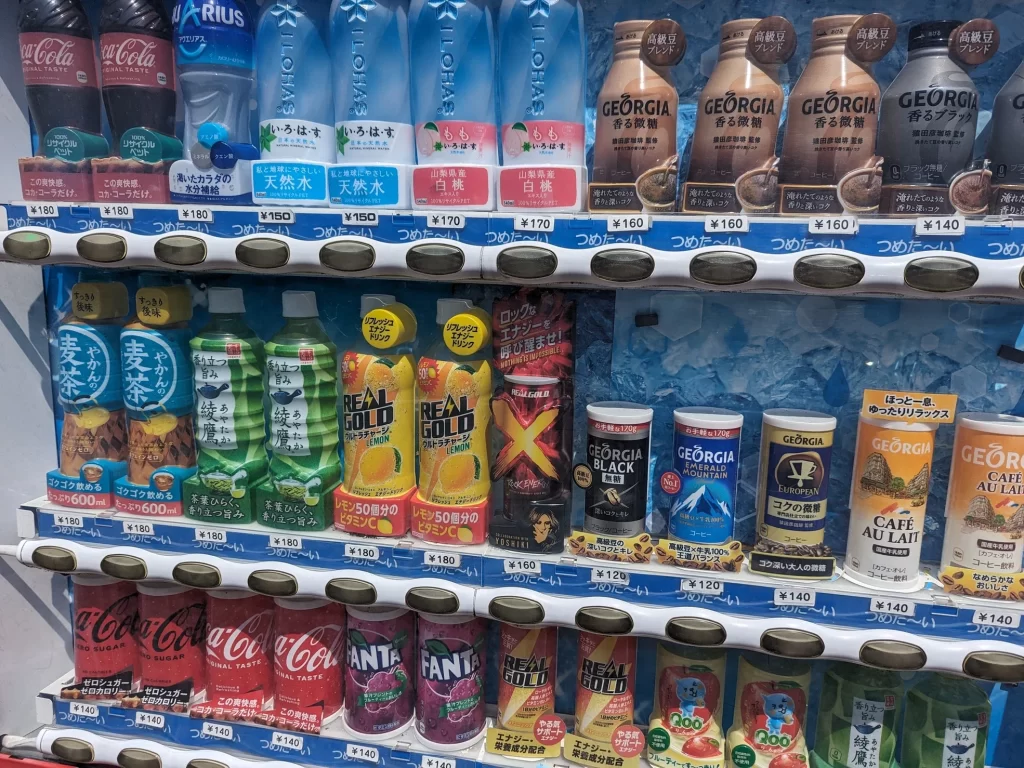
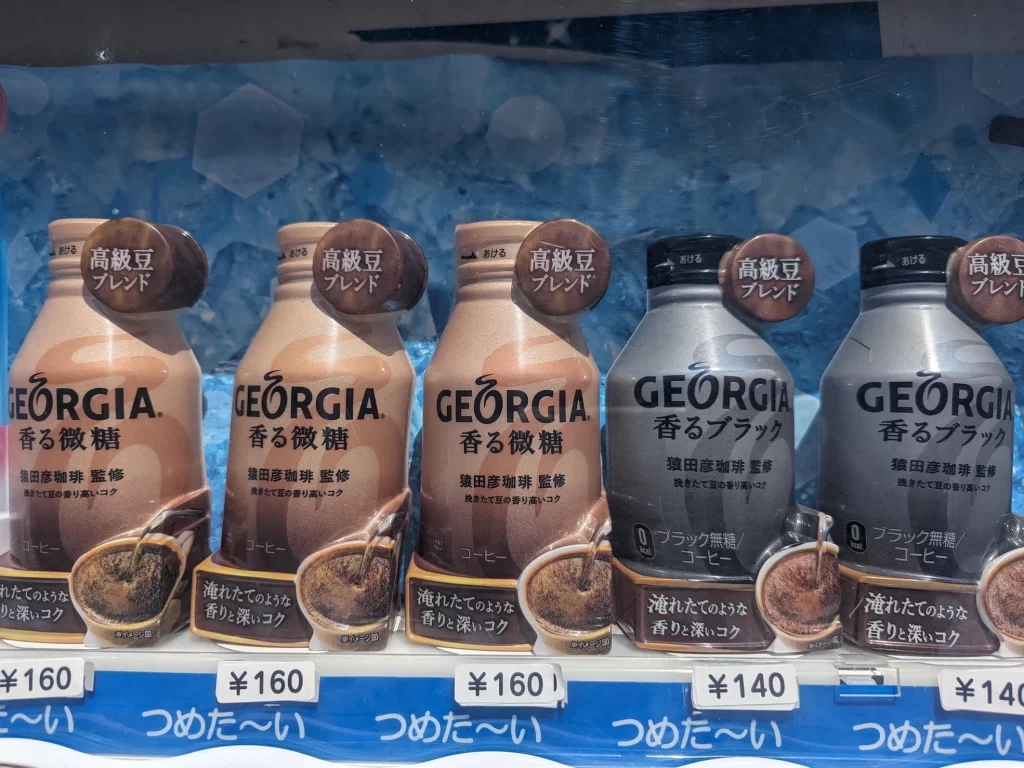

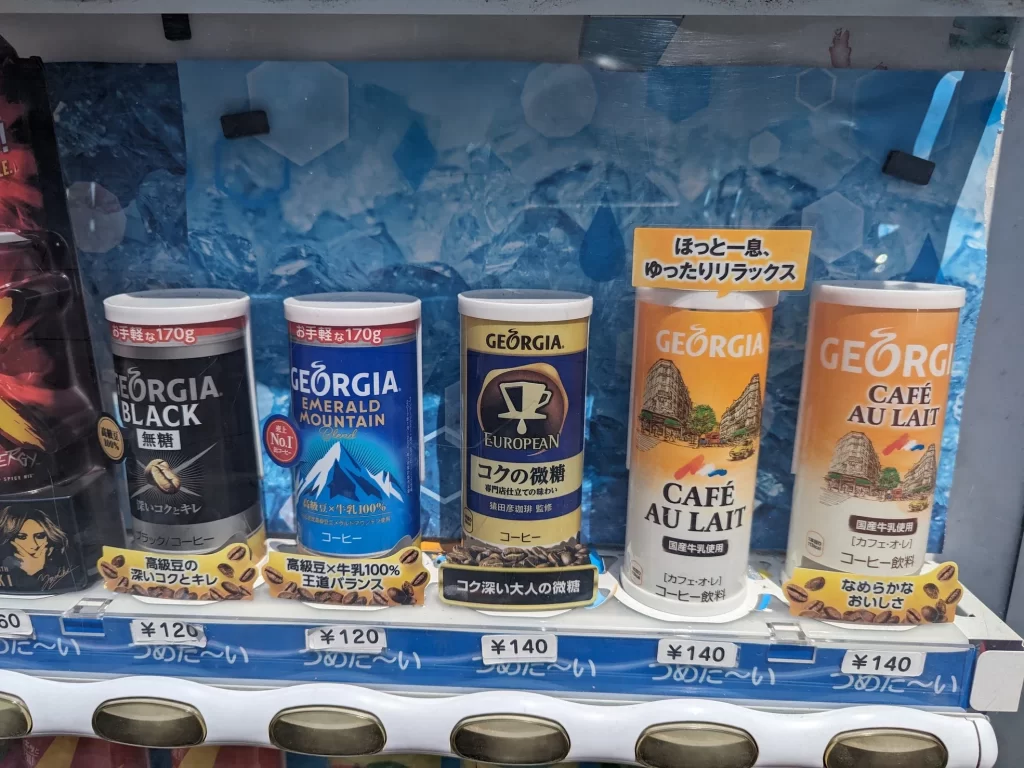

Cash is King.
Japan is as modern as any country in the world. Fast internet, even faster cities, cutting edge technology coupled with a strong industrial base and everything works efficiently. A modern Eastern country. In most modern economies, cash is on its way out. People carry less and less cash, and even use of the plastic credit card that sits in your wallet is decreasing rapidly. The cashless, touchless society is fast approaching, or you might say that it has actually arrived already. Today almost all day to day transactions are done electronically via your phone.
Yet in Japan, cash is still king. We found restaurants, market stalls and even a few shops that accepted only cash. In Israel, I might walk around for weeks without any cash in my wallet, but in Japan, we always had plenty of cash on hand.
There’s something refreshing that ramen restaurants issue you a piece of paper when you order, that you take to the chef, when your order could just as easily be communicated electronically to a bon in the kitchen, or that cash is still the most common form of payment.
Capsule Toys Shop
We’ve all put 10 cents into a metal dispenser, twisted the handle and received a capsule with a small toy that we hoped we’d like but knew that we probably wouldn’t. Well the Japanese have taken these toy dispensers to a whole new level. An entire shop, the size of a supermarket, with row after row, stacked 5 high, of these toy dispensers. Probably six hundred dispensers in the entire store. Sometimes you’ll be walking along an average, everyday street and you’ll see a row of fifteen of these dispensers. Given Japan’s dropping birth rate, meaning less children, I’m curious who uses all these toy dispensers.
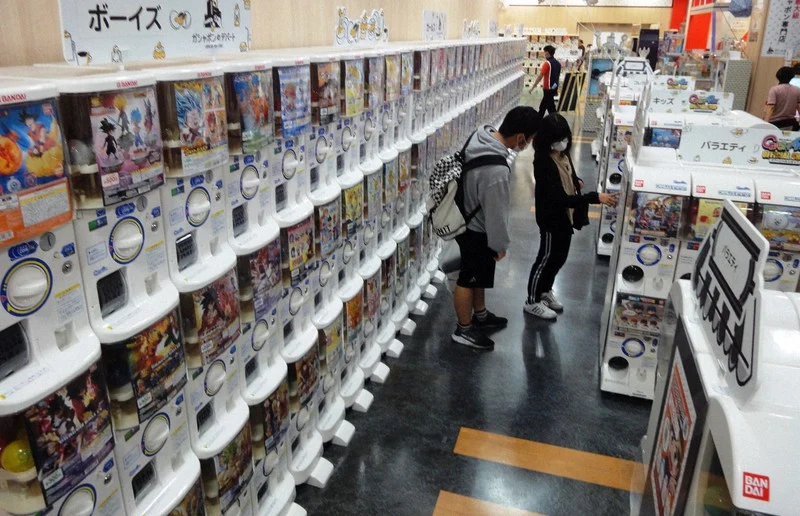
No Public Rubbish Bins
Japan is spotless. You never ever see any rubbish on the ground. Not cigarette butts, not small pieces of paper, nothing. And yet, public rubbish bins are extremely rare. Occasionally you’ll see them tucked away in heavily touristed areas, but that’s it. I can only imagine that rubbish is viewed negatively, so if it’s taboo to throw it on the ground then seeing a receptacle that holds rubbish, in public, is also not acceptable. If you get off a bus and have the paper ticket, I guess you are meant to keep it in your pocket until you get home.
No Walking and Eating
When travelling anywhere, one of the most enjoyable activities is buying street food from a vendor and munching while walking to the next food stall. Or licking an artisanally produced ice cream as you wander down the street. That’s a no-no in Japan. We went to two amazing markets, the Kuromon in Osaka and the Nishiki in Kyoto. And don’t worry. We ate well there. But we didn’t move to the next stall until we’d finished eating at the stall where we bought our weird seaweed, fried wings or super fresh sashimi. Remember no rubbish bins? You’d politely hand your box, paper bag,napkin and chopsticks to the stall owner for them to throw it in the wastebasket.
Toilets
It might seem weird and certainly not the sort of thing you discuss in public, but one of the things we liked most in Japan was the toilets. Imagine a french bidet. Then imagine the same concept with a small arm on the side of the toilet with an array of little icons (if we were lucky. Often it would be just a Japanese letter) that indicated direction from which the water would be sprayed, temperature, force, sometimes a drier, sometimes a symbol of a female, I guess taking into consideration anatomical differences between males and females. Some had internal exhaust fans to whisk away any malodour, others had a button on the function arm that would spray air freshener when pressed. I never thought that sitting on the toilet could be so much fun.
When we went through our “5 best” list, one of the most fondly discussed subjects was our top 5 toilets. Strange but true.
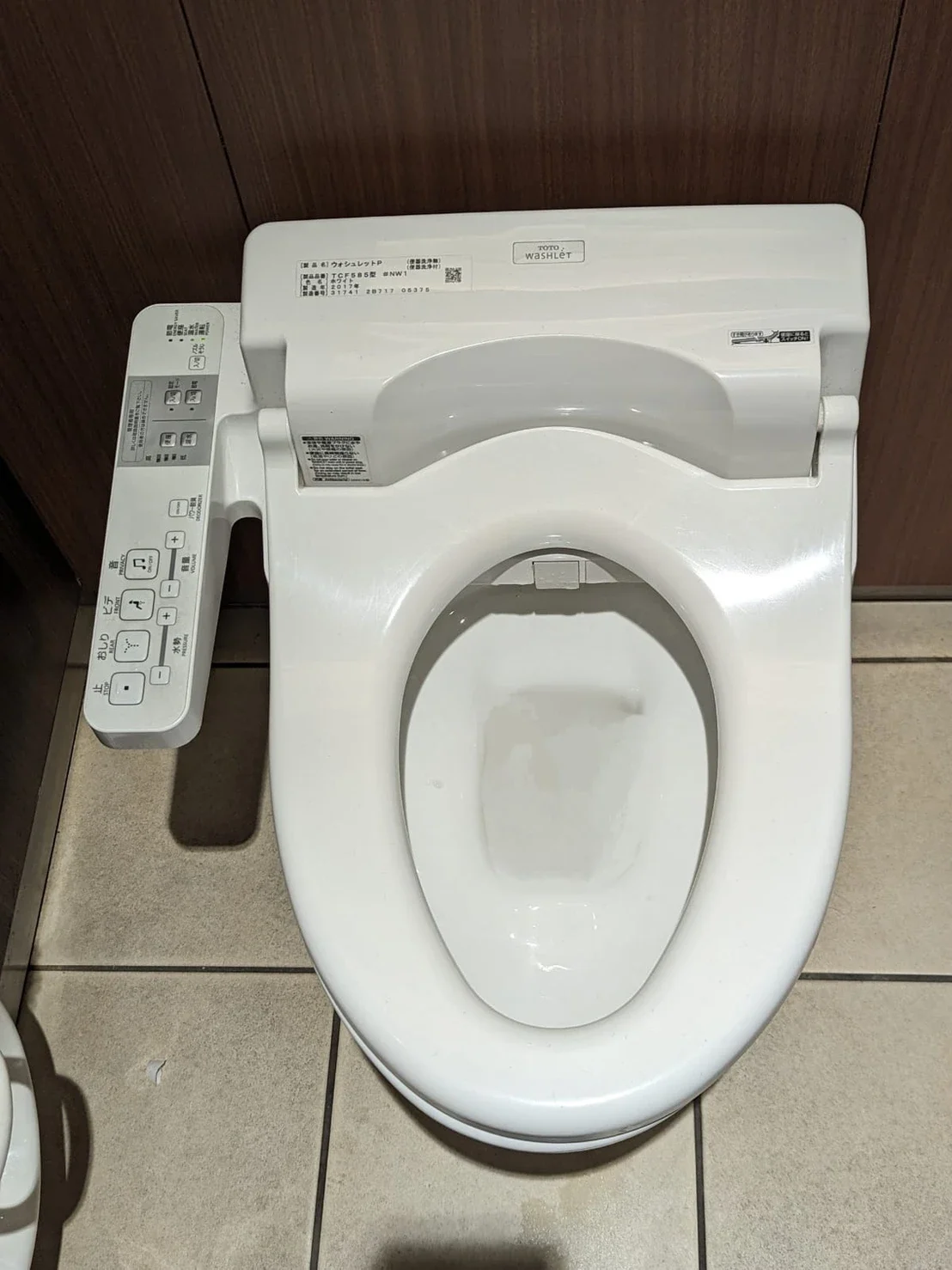
Taxis and Boxy Cars
Japanese taxis are stuck in a time warp. They look like remnants of the Japanese cars of the 70’s and 80’s. The old Toyota Crowns or the equivalent, as if taxis are a different vehicle to private cars. I’m assuming that they are not actual leftovers from that era and that they are actually new cars whose design didn’t evolve. Its authentic, unassuming retro was quite quaint.
And whilst on the subject of cars, we noticed a lot of cars that we’d never seen anywhere else. They look super utilitarian. Boxes on wheels, with no real design. This is of course untrue. Even a box on wheels needs to be designed, but it appears that zero thought has gone into the aesthetics of the vehicle. And inside they look just as spartan. No on board screens, no luxuries, nothing that could make the car look modern. They looked very new, so I can only assume that they are purely functional, to transport the passenger and driver from A to B as simply and as modestly as possible. Most of these cars looked quite compact, but we also saw a number of larger, seven-seater vehicles that looked just like their smaller brothers, but had simply been stretched. Think of a cereal box on wheels.
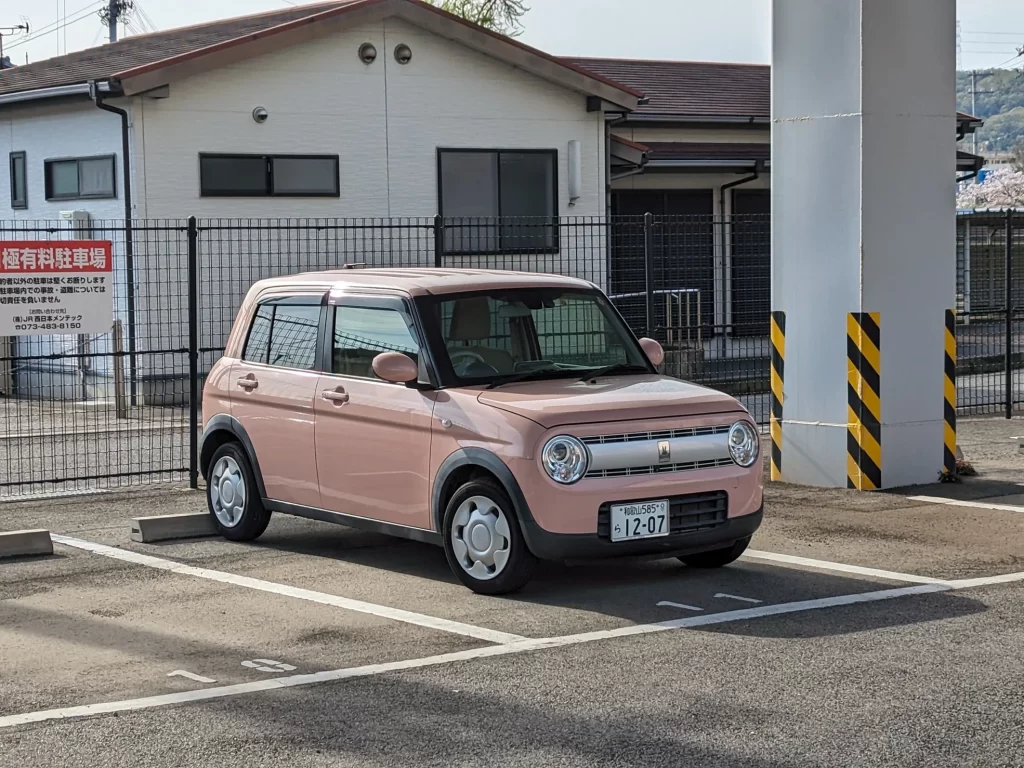

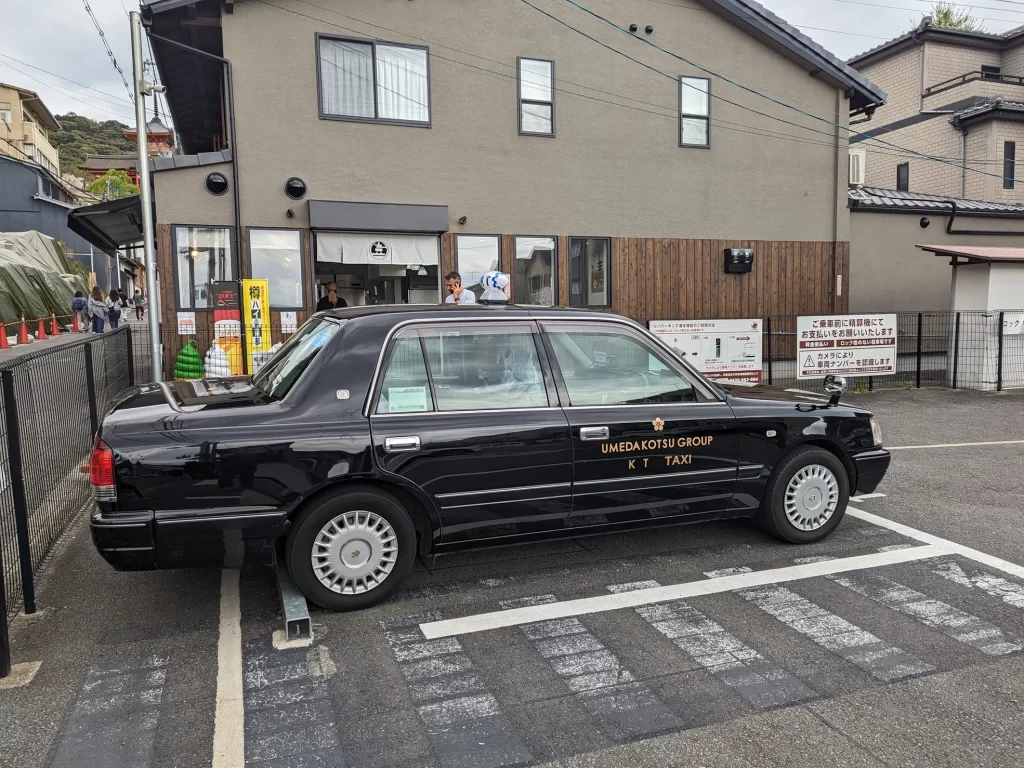
Manners and Customs.
Every country has its own unique manners and customs but in Japan they seem more formalised and rigid than in other places. And I’m sure we barely knew any of the local morés. Conductors bow to the travellers before leaving a carriage, there are ways to fold your yukata, etiquette regarding chopstick use, fastidious cleanliness and I’m sure there’s millions of other things I couldn’t hope to know in eleven days.
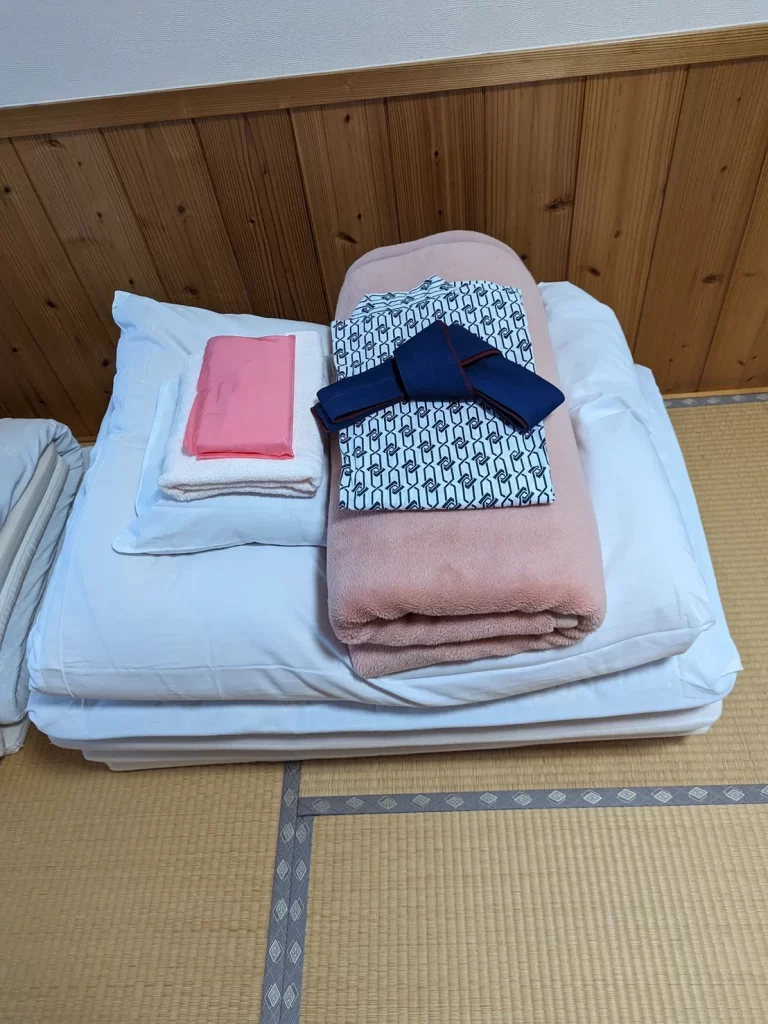
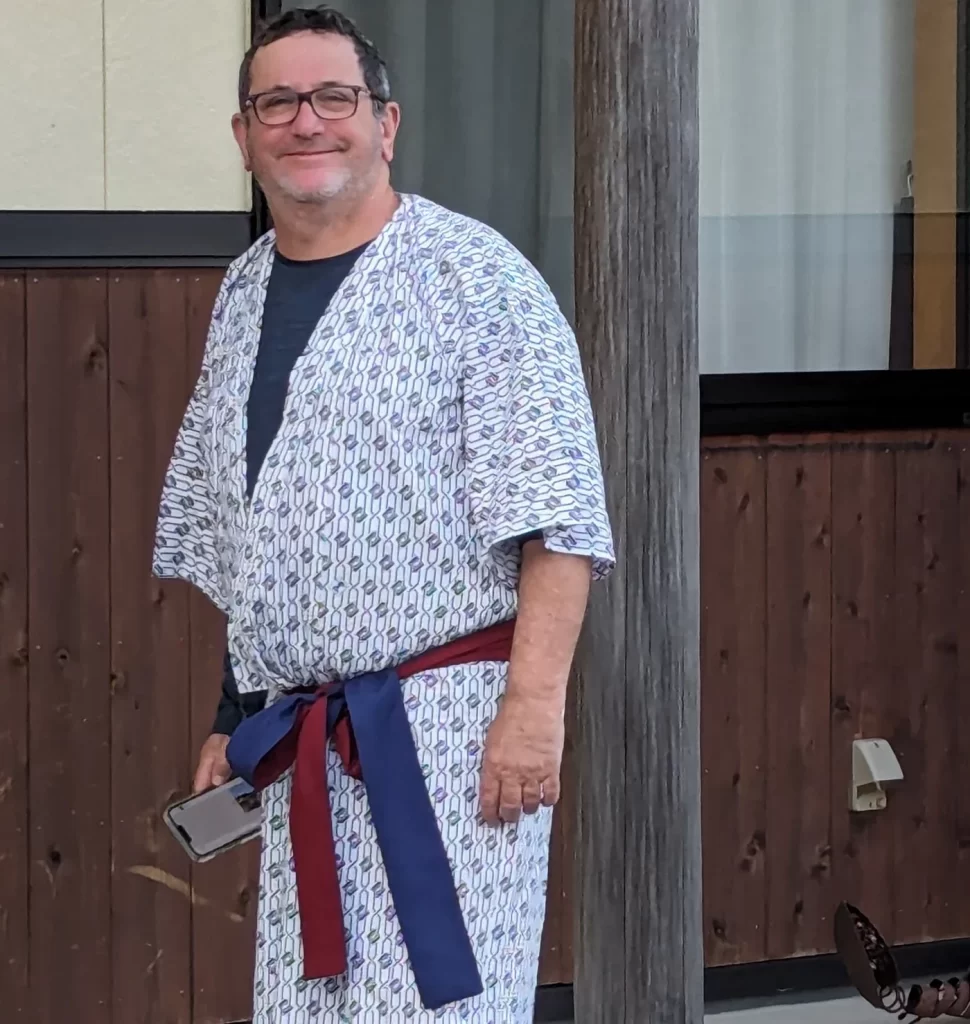
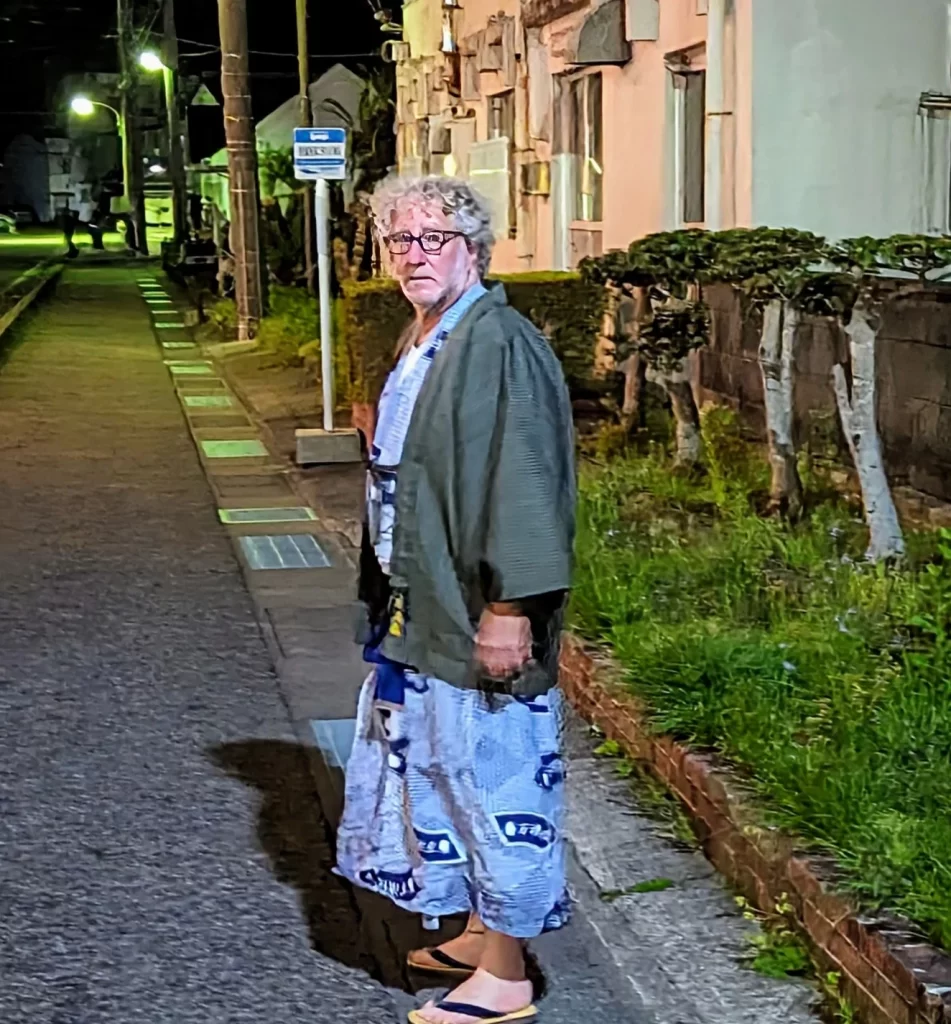
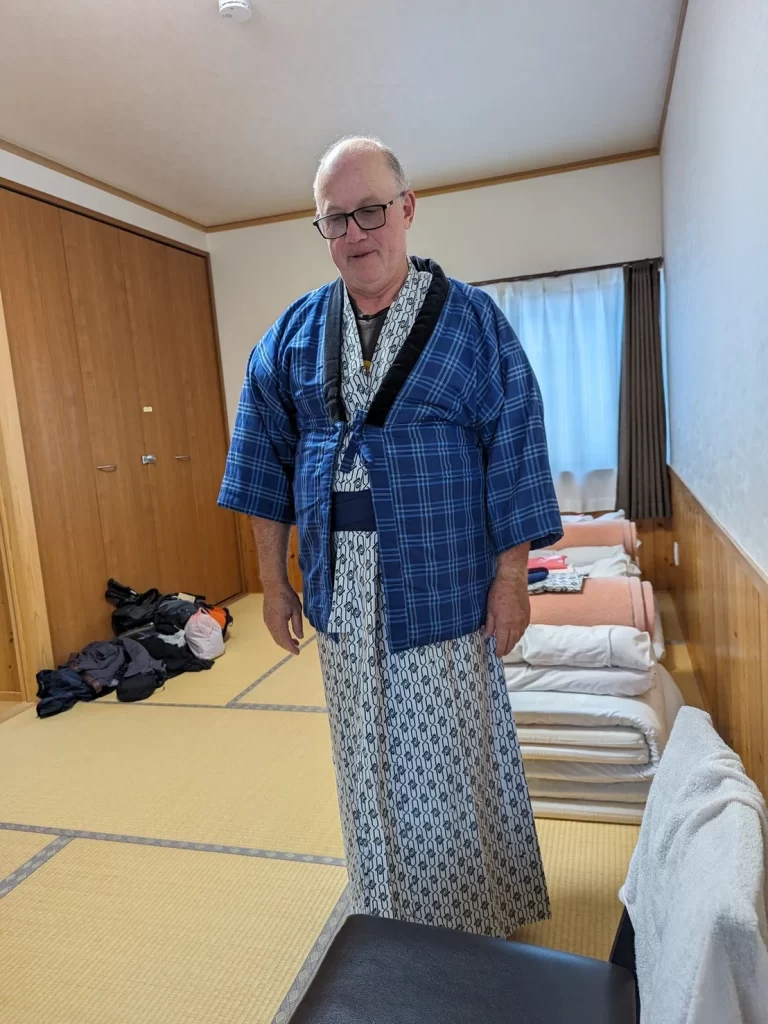
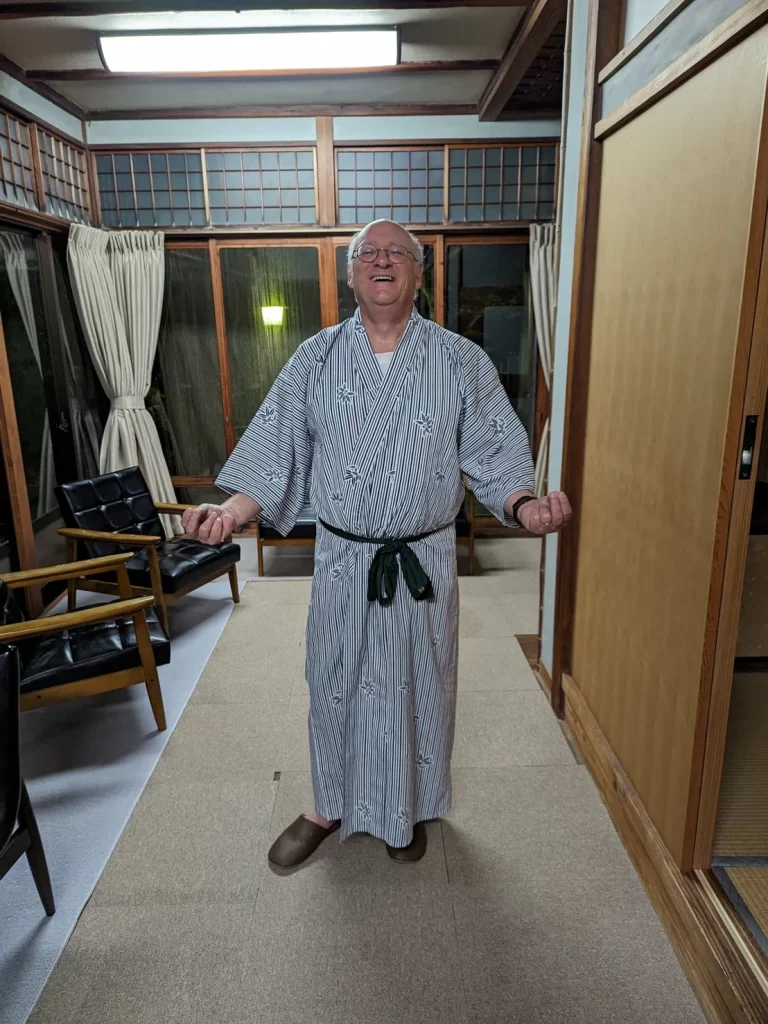
Convenience Stores
And last, but definitely not least, convenience stores. When I think of a convenience store, I think of the worst quality merchandise at expensive prices, often in grungy neighbourhoods with cashiers toting a gun under the cash register. The price you pay for conveniently being open 24/7. And the worst part is usually the food. The better convenience stores have food that is inedible. The bad ones have four day old hot dogs that are used as a breeding ground for unknown types of bacteria, to be used by Putin next time he wants to rid himself of a critic.
Not so in Japan. There is the usual convenience store array of sims and electronic gadgets, packaged foods, chips, biscuits and lots and lots of weird, not tasty to the western palate, snacks. But they also have rows of fridges full of fresh, great quality bento boxes and meals that can be eaten cold or heated in the store. And a counter of fresh hot food that looks delicious and that you’d be happy to eat if there wasn’t so much other delicious food to be had in Japan..
And they are everywhere. On main roads, down small side streets, in shopping districts, you name it. They seem to be busy 24/7, so everything is always fresh and inviting. Like almost everything in Japan, they are just done properly.
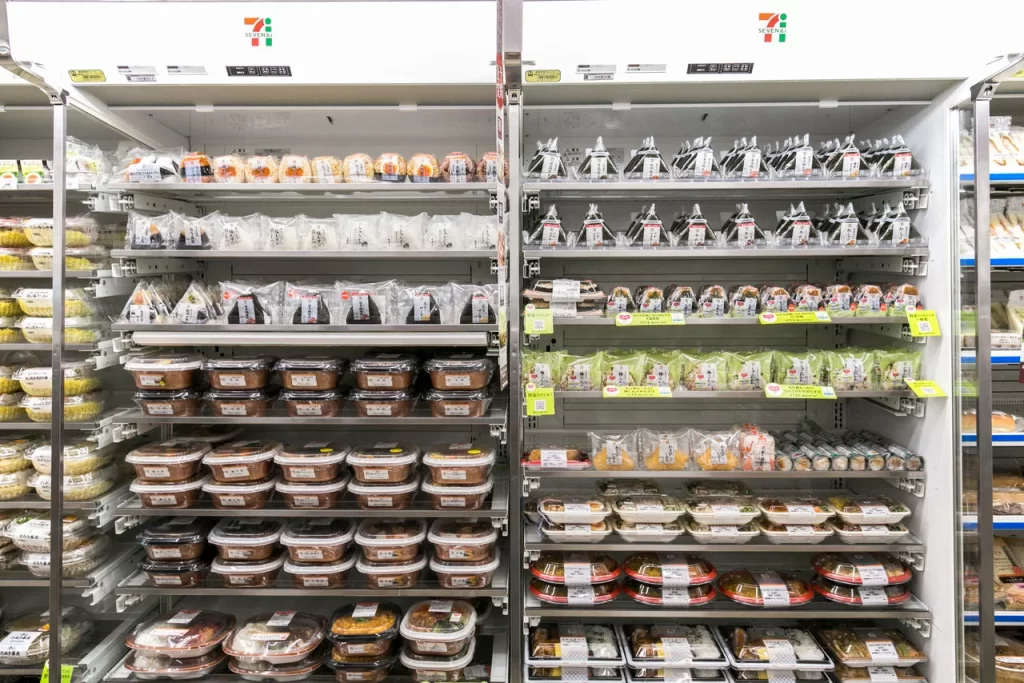
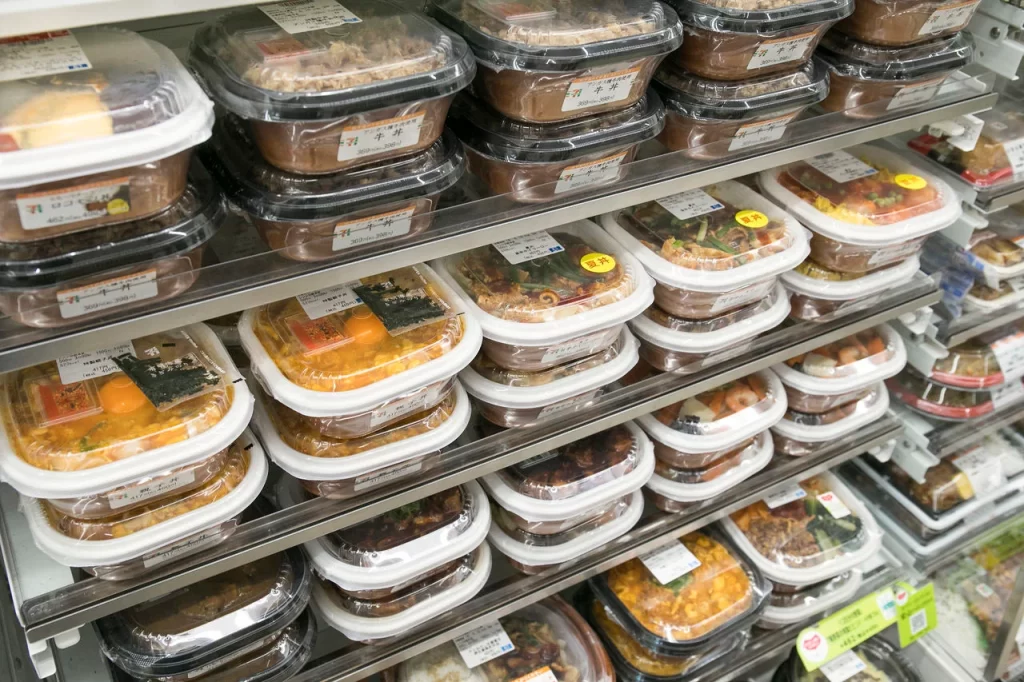
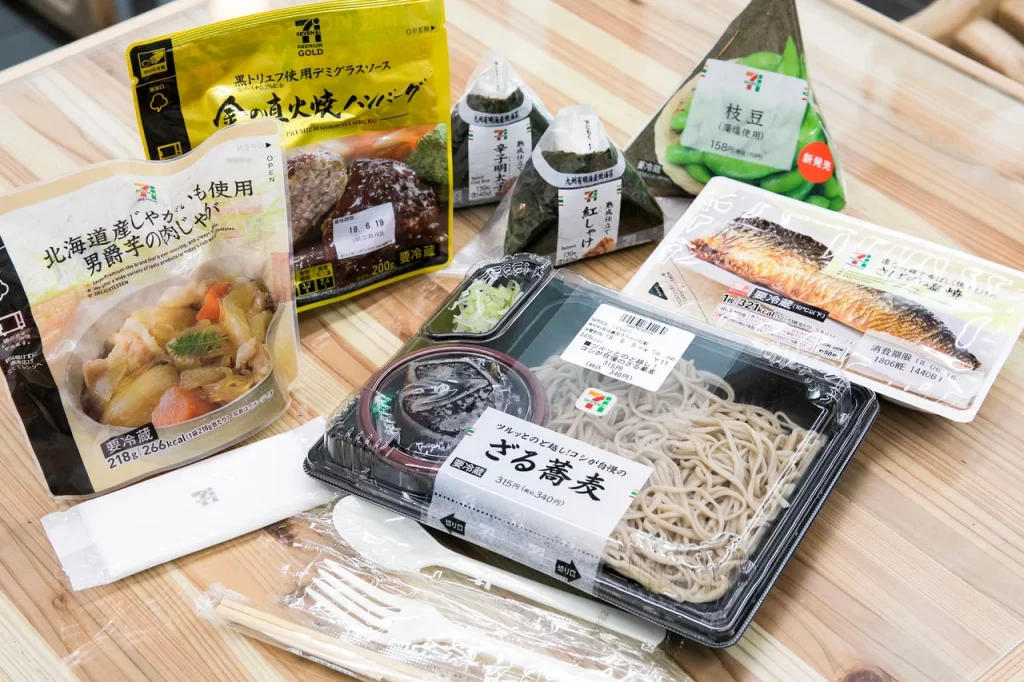
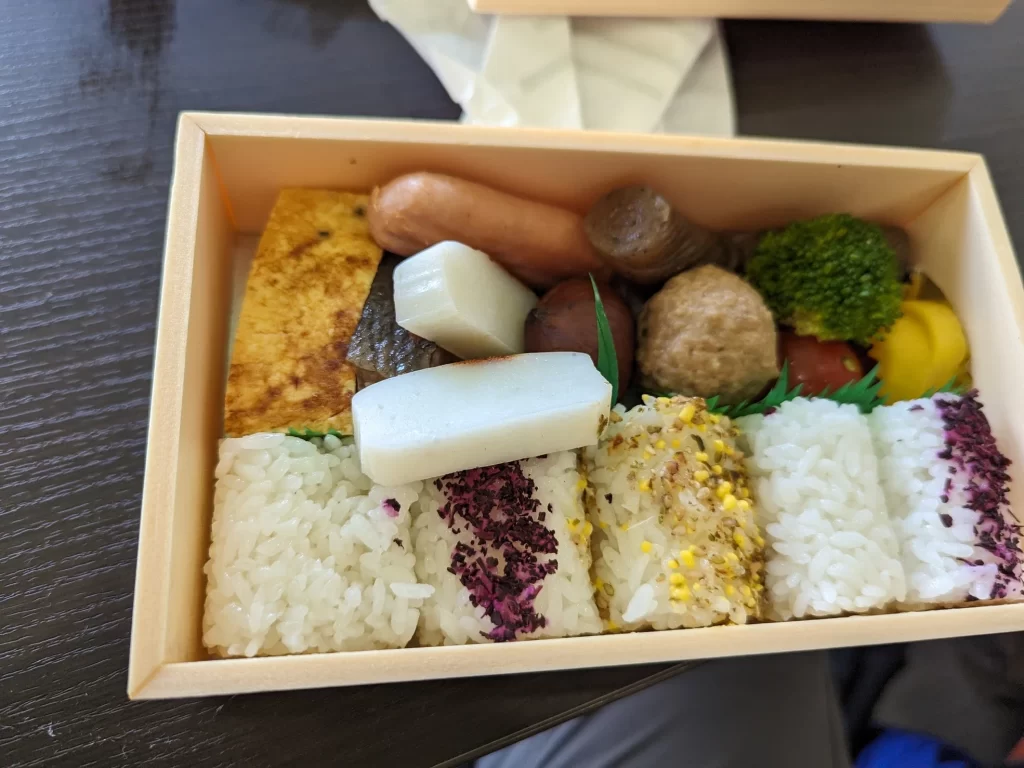
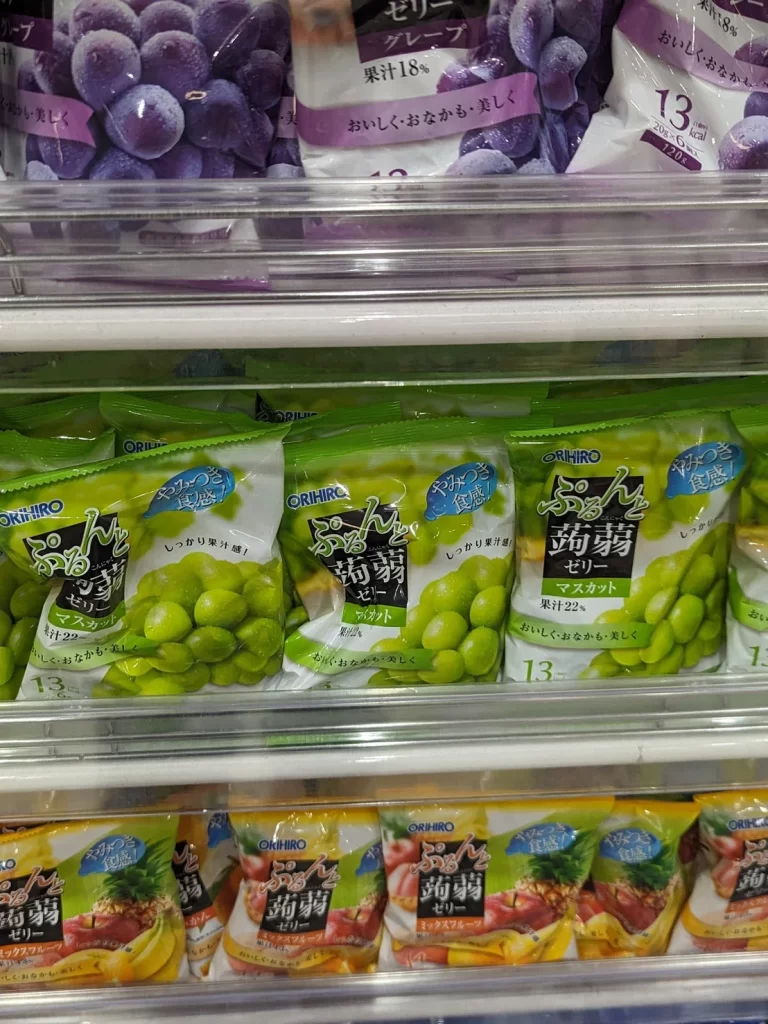
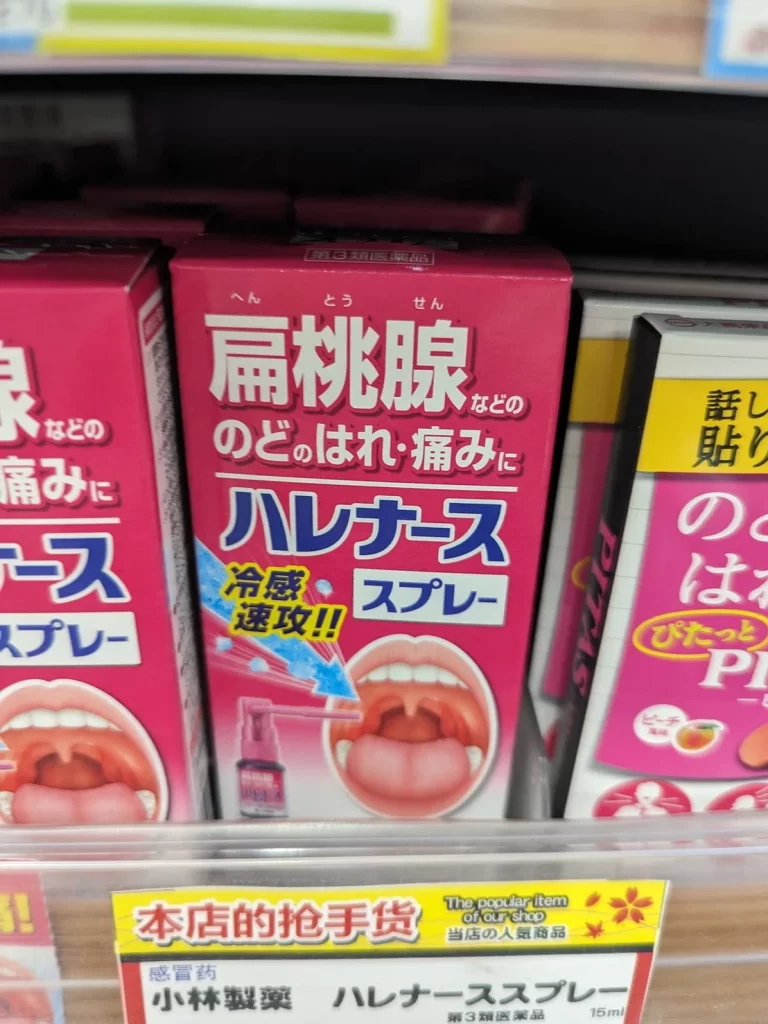
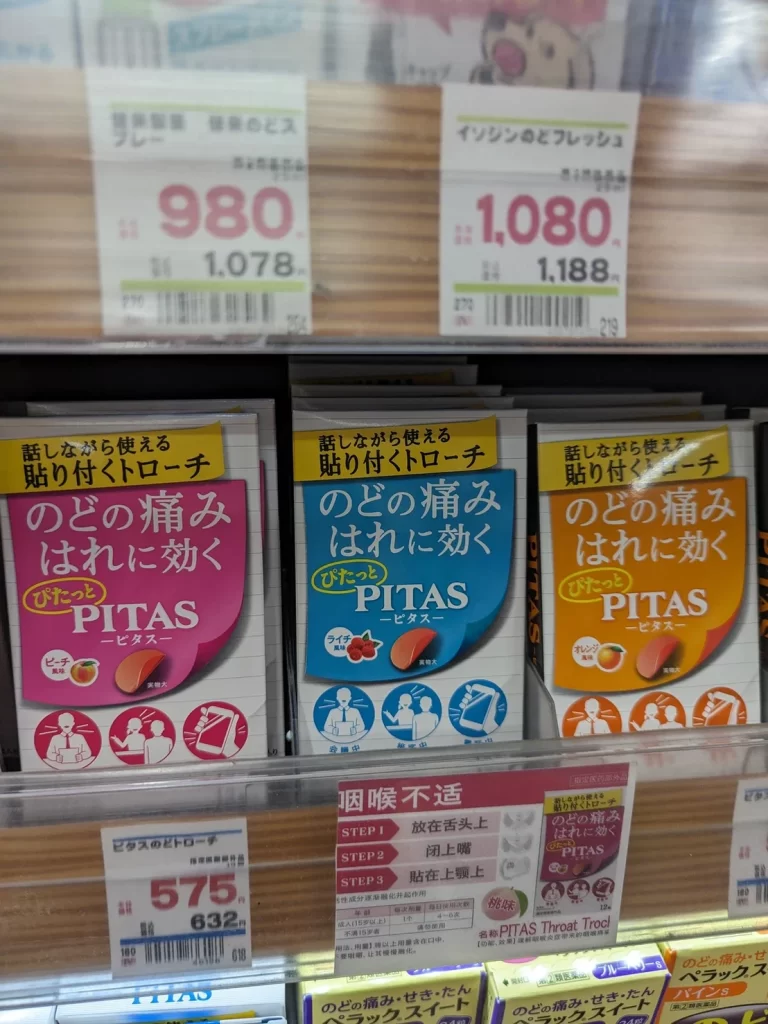
So that’s it. Up until maybe five years ago, Japan wasn’t in my top five places that I wanted to visit. After being there for eleven days, I want to start planning my next trip there.
My last piece of advice. Go to Japan. It’s amazing.